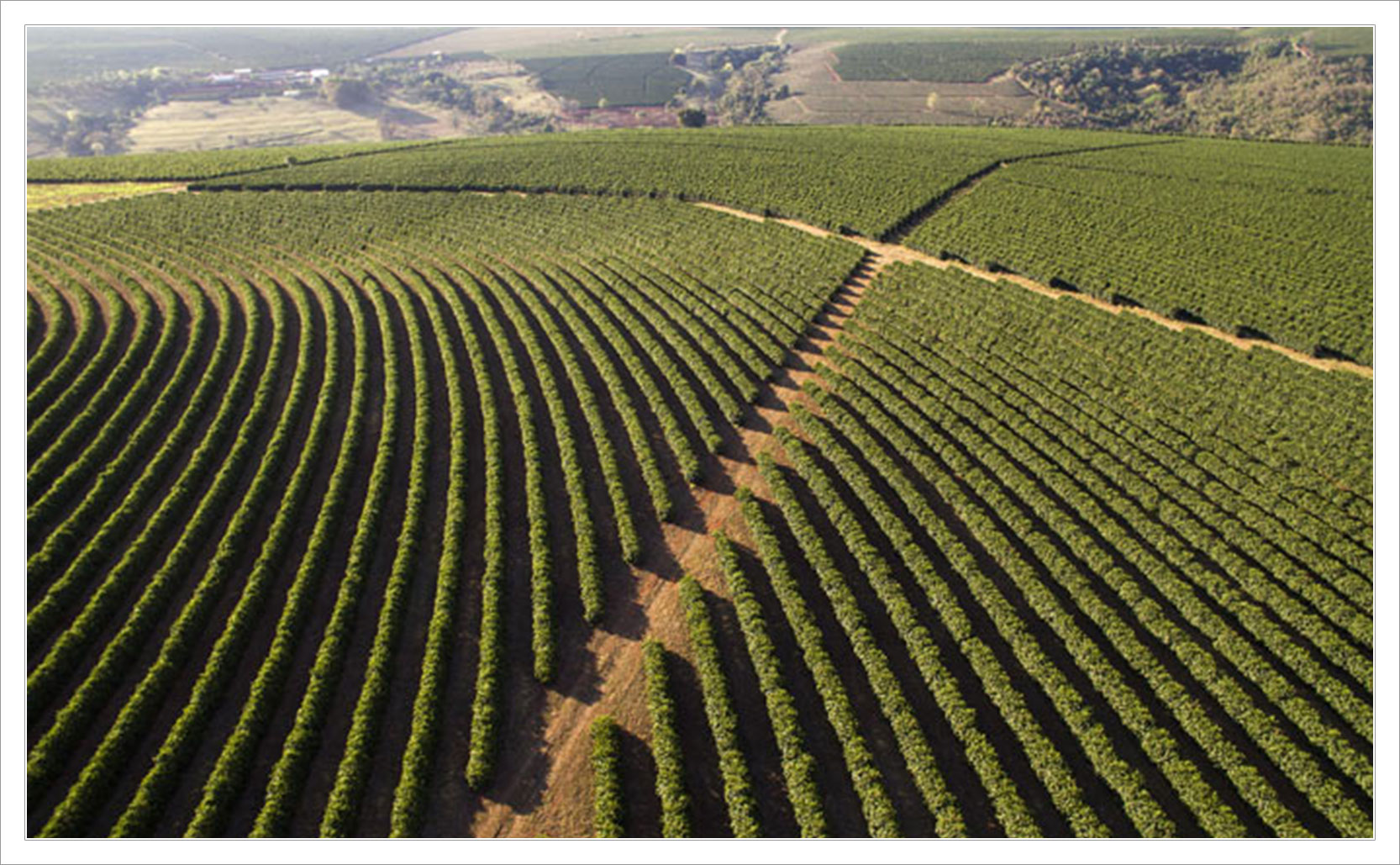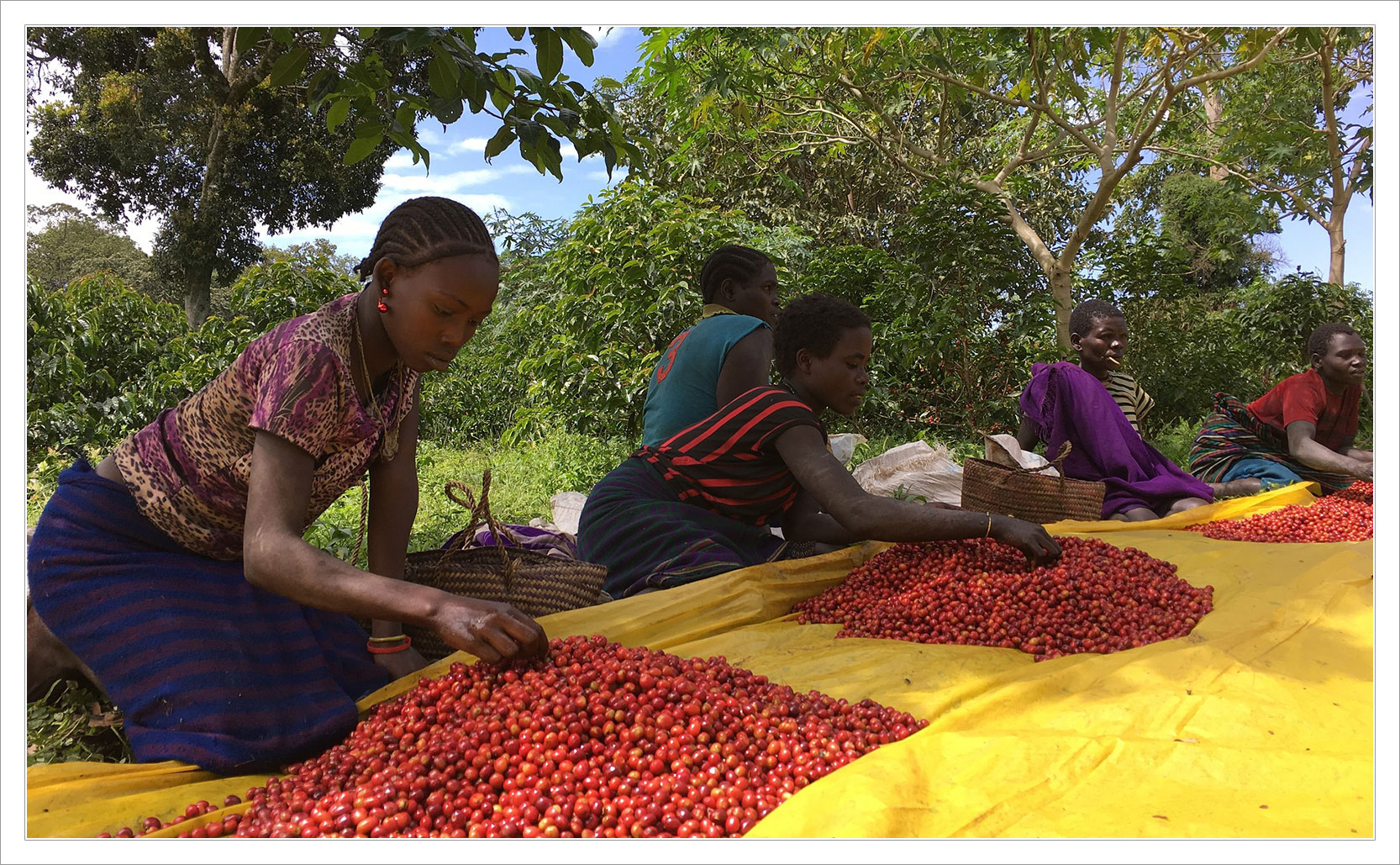Coffee: Sun-Grown or Shade-Grown?
Coffee plants want to be grown in the shade, which is better for the flavor and the environment.
Coffee plants thrive in the warm (but not too warm) areas between the tropics of Cancer and Capricorn, an area nicknamed the “coffee belt” (although, with global warming the areas in which coffee plants can grow is shrinking). These evergreen plants grow to be about 12ft tall and, while they like the warmth, they also like the shade. Coffee plants naturally grow best underneath the canopy of trees. Traditionally people would collect the coffee berries from plants growing wild around the forest and then process the seeds to make coffee. Enter industrialization.

Here Comes The Sun
From the 1970s to the early 1990s coffee producers were encouraged by the US Agency for International Development (USAID) to “upgrade” their processes and switch from shade-grown production to sun cultivation. Sun-tolerant plants had been engineered to better handle direct sunlight. With sun-grown cultivation you can grow coffee plants in greater density, harvest beans more efficiently through mechanization, producing higher yields, and make more money. This isn’t without costs.
One of the first steps for sun-grown coffee is deforestation (which increases global warming). Without trees there are no fallen leaves serving as mulch keeping weeds down. Leaves also biodegrade adding nutrients to the soil. This means sun-cultivated coffee requires more herbicides and fertilizers than shade-grown coffee. Further, when there are less trees there are less birds, and without as many birds to eat the insects, you need more pesticides. All of this means more chemicals on the plants and in the soil.

Made in the Shade
While still incorporating trees and other vegetation, modern shade-grown coffee farms can arrange their coffee plants more efficiently than former traditional practices. Even though this usually means lower yields and longer harvest times compared to sun-grown coffee, shade-grown coffee sells at a premium which can compensate producers for these factors.
The trees of shade-grown coffee farms serve as homes to hundreds of bird species. In Peru for example, the coffee plants of sun-grown coffee farms are home to around 61 bird species. This is in stark contrast to the trees of Peruvian shade-grown coffee farms which are home to 243 bird species. The Smithsonian Migratory Bird Center has said that, “shade-grown coffee production is the next best thing to a natural forest.”
As for the coffee itself, shade-grown coffee plants produce beans with higher density, developing natural sugars, which makes for better tasting coffee. Sun-grown coffee speeds up the growing process, which is good for maximizing efficiency, but it also creates higher acidity resulting in a more bitter taste.

So shade-grown tastes better, requires less chemicals, it helps hundreds of bird species, and it helps stop global warming. Next time you’re buying coffee spend the extra few cents for shade-grown.

Added info: Coffee beans frequently come with little logos attesting to various positive attributes in which the coffee was produced. The certification that best represents the environmental benefits of shade-grown coffee is the Bird-Friendly label from the Smithsonian Migratory Bird Center.
Bird-Friendly is widely considered the gold-standard in coffee certification as it means the coffee is organic, shade-grown, and helps the local ecosystem. That said, given the various benchmarks that must be achieved, it’s hard to become certified as Bird-Friendly which means it’s hard to come by Bird-Friendly coffee.


